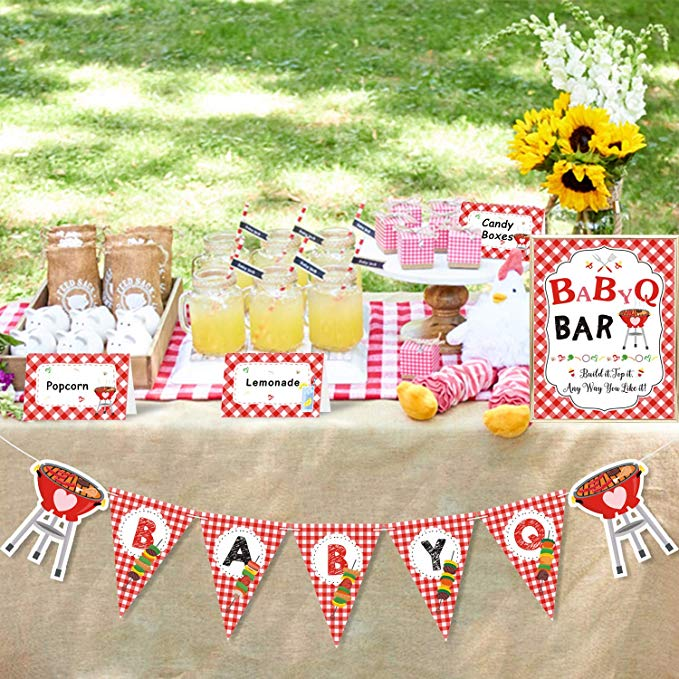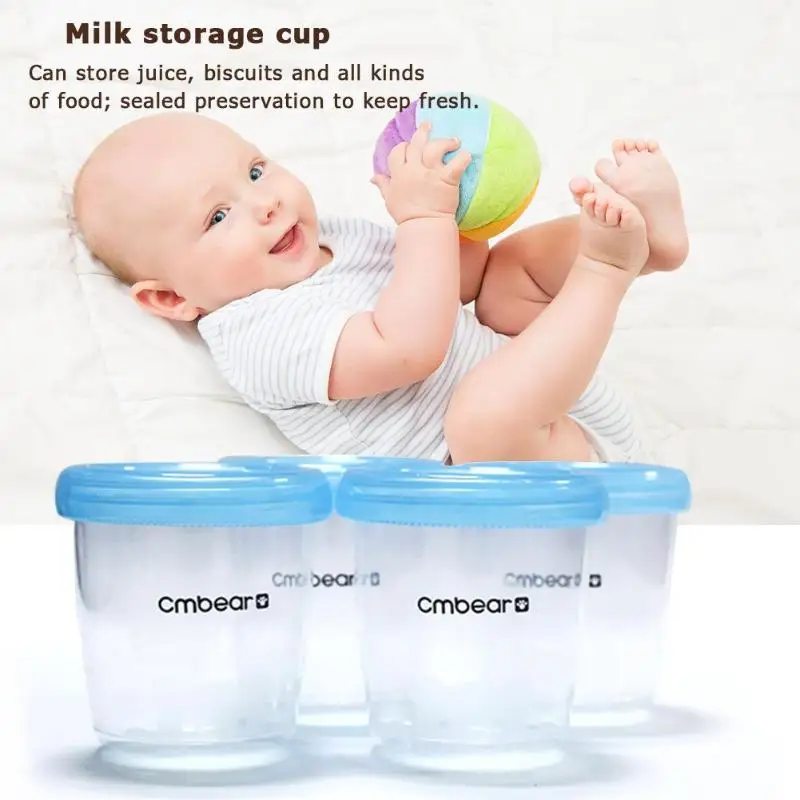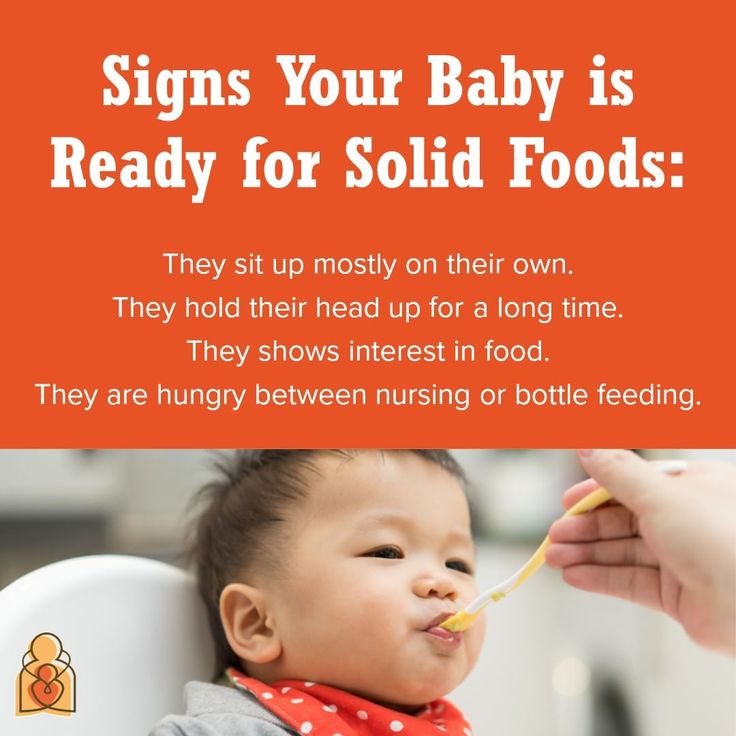What do you feed baby peacocks
Baby Peacocks: All You Need To Know (with Pictures)
What does a baby peacock look like?
How big is a baby peacock?
How much do baby peacocks weigh?
What is a baby peacock called?
What do juvenile peacocks look like?
What is a group of baby peacocks called?
What do baby peacocks eat?
What do peacock eggs look like?
How many eggs do peacocks lay?
How long do peacock eggs take to hatch?
When do peacocks lay eggs?
How do peacocks feed their chicks?
How do baby peacocks learn to hunt and forage?
When can baby peacocks fly?
When do baby peacocks leave their nests?
Do peacocks reuse nests?
How long do baby peacocks stay with their parents?
How fast do baby peacocks grow?
How many baby peacocks survive to adulthood?
Baby peacocks - which are actually called peachicks - are the chicks of any of the three species of peafowl; the Indian peafowl, Congo peafowl and Green peafowl. Peacocks are actually just male peafowl, even though the word is typically used for both male or female peafowl (who are called peahens).
Every large and impressive peafowl begins life as a rather small peachick - a baby peacock.
This article includes everything you need to know about baby peacocks, and of course, there will be plenty of pictures of baby peacocks along the way!
What does a baby peacock look like?
Baby peacocks are actually male peachicks. The correct name for any baby peacock or peahen is a peachick.
Peacocks and peahens are virtually impossible to tell apart when they’re firstborn. They’re covered in light brown fluffy down and striped wing feathers that resemble that of a baby pheasant to which peafowl are very closely related.
Peachicks look like gamebirds, very similar to baby pheasants. They have pretty long legs also, and males tend to have slightly longer legs than females, which aid in identification.
Some peachicks are born all white, in the case of leucite bred all-white peafowl.
Peacock Chick (Indian Peafowl) with its mother
How big is a baby peacock?
Baby peacocks are around 12cm (4.7in) long. Peafowl are large birds, and peachicks are reasonably large themselves, a similar size to a cygnet or gosling.
How much do baby peacocks weigh?
Peachicks weigh 103 grams (3.6 ounces) when born. This is fairly heavy, more than double that of a duckling or five times more than a typical pheasant chick which weighs around 20g.
What is a baby peacock called?
Baby peacocks are called peachicks. Baby peacocks are male peachicks, whereas baby peahens are female peachicks.
Peafowl display high gender dimorphism, meaning the males and females look different, but peachicks are nearly impossible to tell apart for five months or so.
Three Indian Peafowl Peachicks with their mother
What do juvenile peacocks look like?
Juvenile peacocks and peahens remain hard to tell apart for around five months and will keep much of their duller, plain brown plumage and striped wings and tails for 1 to 3 years until they reach full maturity. At 2 to 3 months, peachicks begin to develop their crest feathers.
At 2 to 3 months, peachicks begin to develop their crest feathers.
At around five months, male juveniles begin to develop coloured chests. Until the age of 1, the juveniles will still possess virtually none of the striking tail feathers that make adult peacocks so strikingly beautiful.
These ornate tail feathers take a further two years to develop, or sometimes longer. Peahens tend to reach sexual maturity much quicker and grow much of their adult plumage by the time they’re 1-year-old.
A juvenile peacock (Indian Peafowl), walking on the grass
What is a group of baby peacocks called?
There is no specific name for a group of baby peacocks, but a group of peacocks is usually called an ostentation or a pride, which are both apt names for this striking and impressive bird.
What do baby peacocks eat?
Like fully grown peafowl, peachicks are non-fussy omnivores and generally have a diverse and flexible diet that includes both plant matter and meat of various kinds.
In the wild, peachicks are omnivores and are weaned on soft food by their mothers until they’re able to consume larger, more solid food. Peafowl have quite strong and sharp beaks which develop rather quickly - peachicks will be able to forage insects, arthropods, small animals, amphibians and lizards within 2 weeks to a month.
Peachicks, like adult peafowl, require a high-protein diet to help their feathers grow. In captivity, peachicks are usually fed high-protein gamebird mixes. They’ll also eat all manner of vegetables, grains, oats, fruits and meat in the form of insects and mealworms.
Baby Peacocks foraging for food with their mother
What do peacock eggs look like?
Peafowl eggs are usually light brown. Indian peafowl eggs are around 7.6 to 10cm (3 to 4in) long and inches long and 5 to 7.6cm (2 to 3in) round. They weigh around 100 to 135 grams.
How many eggs do peacocks lay?
The Indian peafowl can lay as many as 12 eggs with a typical minimum of 3.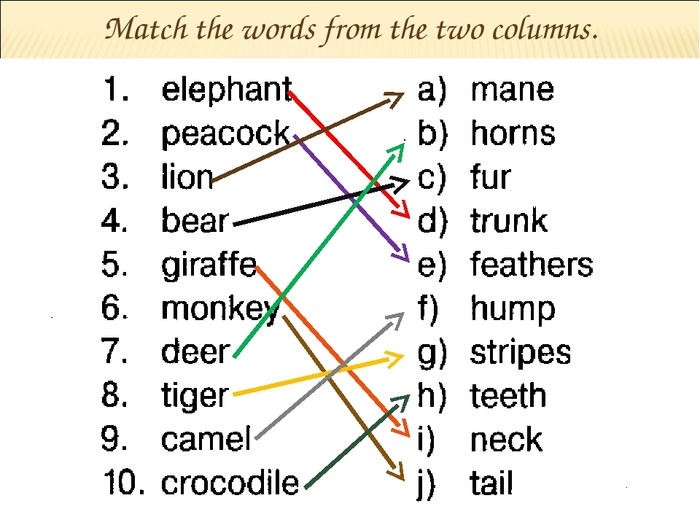 The Green peafowl lays fewer - usually 3 to 6 eggs. The Congo peafowl similarly lays 4 to 6 eggs.
The Green peafowl lays fewer - usually 3 to 6 eggs. The Congo peafowl similarly lays 4 to 6 eggs.
Peacock eggs in a nest on the ground
How long do peacock eggs take to hatch?
Peacocks generally incubate their eggs for around 27 to 30 days, which is quite a standard range for birds in general.
The female peahen sits on the eggs more or less constantly for the entire duration of incubation, only leaving briefly to forage for food.
When do peacocks lay eggs?
The Indian peafowl breeding season tends to peak in April to May but may peak as late as June in northern India. There is little data indicating the breeding season for either the Congo peafowl or Green peafowl, but the breeding season of the Congo peafowl is thought to vary with local rainfalls. Green peafowl may breed all year round, with peaks in April through until June.
In the UK, the peacock breeding season runs from March until July.
Baby Peacocks are called Peachicks
How do peacocks feed their chicks?
Peahens look after the peachicks and will feed them small scraps of food and soft, high-protein grubs and worms.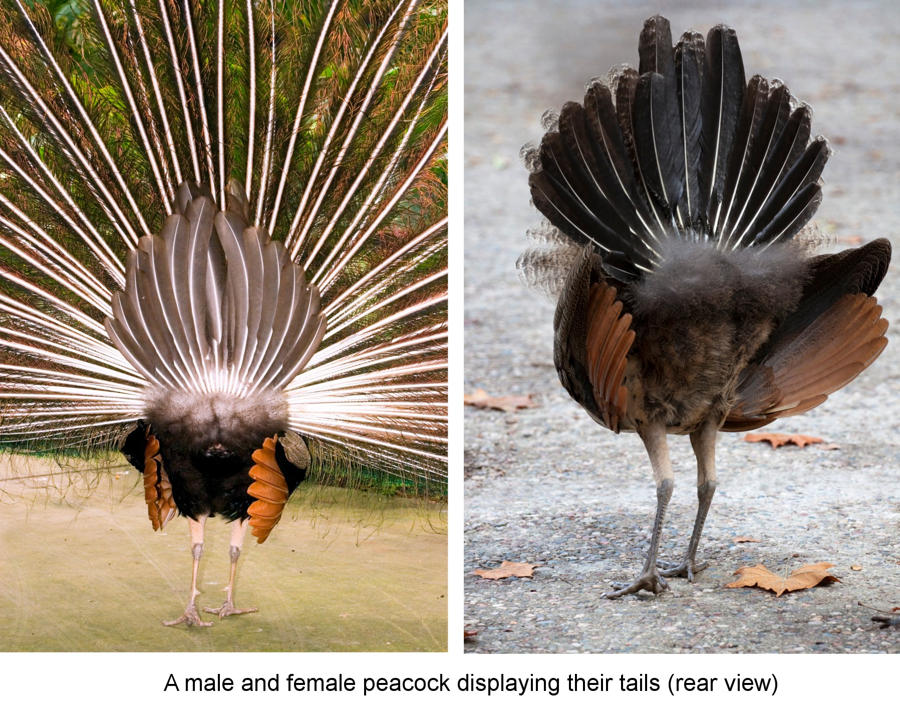 Whilst foraging, the peahen will point out valid food for her peachicks, indicating by pecking at the food source. Peahens also converse with their peachicks via a series of complex vocalisations.
Whilst foraging, the peahen will point out valid food for her peachicks, indicating by pecking at the food source. Peahens also converse with their peachicks via a series of complex vocalisations.
How do baby peacocks learn to hunt and forage?
Peafowl are foraging birds but do also hunt small animals and insects. Their powerful feet and sharp beaks ensure that they’re more than capable of killing small animals and reptiles - they have a particular fondness for snakes and lizards.
In fact, in India, peacocks are used to protect homeowners against King Cobra snakes!
Peachicks pay very close attention to their mother in their early weeks and months. The mother communicates during foraging and hunting, both via an array of vocalisations and by pecking foods to encourage the peachicks to eat it themselves. Peachicks that fail to learn how to forage for themselves will typically die.
The mortality rate amongst peachicks is high, so the pressure is on to gain independence from the mother before the end of the season.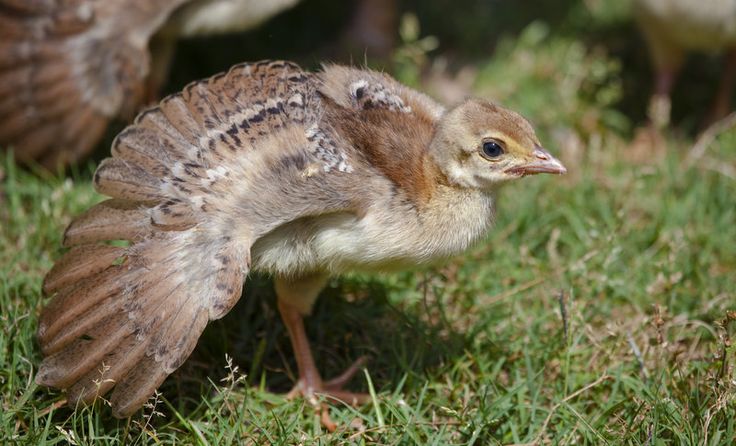
A juvenile peachick
When can baby peacocks fly?
Peafowl can fly and do so regularly up to their treetop roosts and perches, but they prefer not to fly much further than that.
Longer flights serve as somewhat of a last resort for escaping predators. It’s rare for any peafowl to fly for much further than one mile.
Peachicks learn to fly quite quickly and many have their first flight at the one to two-week mark. The mother usually encourages the peachicks to attempt flight under the cover of nighttime, often from a perch not too elevated from the ground to avoid injury.
Peacock chicks in the grass
When do baby peacocks leave their nests?
Peahens are very protective over their peachicks for at least 4 to 6 months. Chicks must primarily learn how to forage for their own food and have a great deal of growing to do before they reach sexual maturity.
Once peachicks begin to leave their mother, they’ll likely stay relatively close by until they find mates of their own and begin to move into new territories.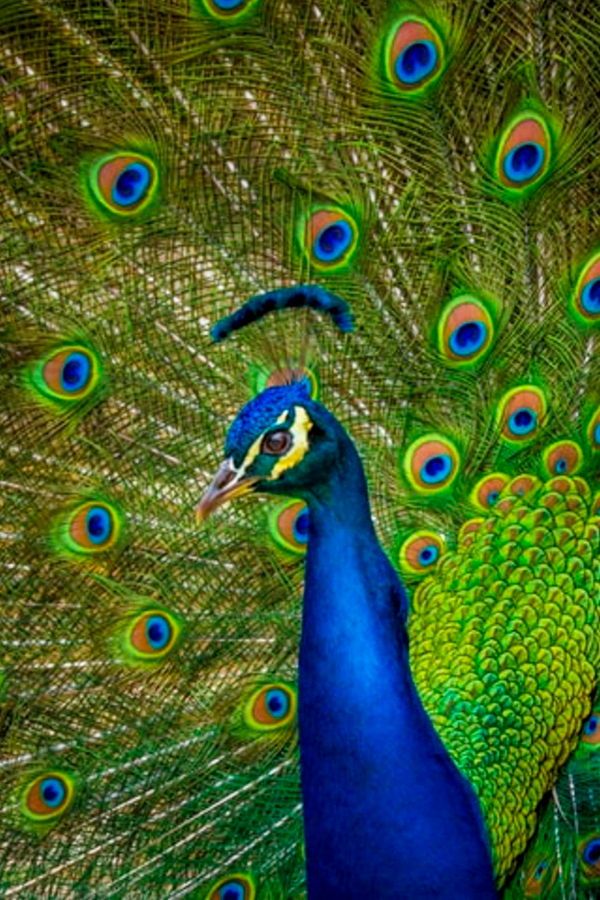
Do peacocks reuse nests?
The peahen typically builds a terrestrial nest in a small and shallow hole or burrow lined with sticks. Rarely, they may choose to build a nest in a low-lying tree, but only if they’re worried about nearby predators.
Whilst peafowl are non-migratory and tend to not stray too far from their birthing grounds, they build only basic nests and aren’t well-known for reusing them. Instead, the peahen will simply build a new nest each year.
The Congo peafowl might be an exception here, as they are thought to be monogamous - thus potentially indicating that the peacock assists in nest building. Little information is known about the breeding and mating behaviour of the Congo peacock.
A Peahen and Peachick nesting on the ground
How long do baby peacocks stay with their parents?
Both Indian peacocks and Green peacocks are polygamous, but contrastingly, the Congo peafowl is thought to be monogamous. Indian and Green peacocks do not help peahens build nests or rear chicks, but detailed information for Congo peafowl is lacking.
Peachicks stay with their mothers for around six months in the wild, usually less in captivity. In fact, in captivity, peahens often have weak parental instincts. As such, peachicks born in captivity might not stay with their mother for long at all.
A white peacock with her chicks
How fast do baby peacocks grow?
Whilst peacocks typically reach skeletal maturity in around one year, their feathers take much longer to fully develop - typically at least three years.
Most peacocks have very few tail feathers even by the age of 1 - they take another two years to reach something like full sexual maturity. The last element of their feathers to develop is the iridescent eyes which form around the 3-year mark or sometimes longer.
How many baby peacocks survive to adulthood?
Peachicks are vulnerable during their early days, and only as many as 2 out of every six, approximately 33%, survive through until adulthood. The leading causes of death are predation and illness.
Expert Q + A
Ask a question
Do you have a question about this topic that we haven't answered? Submit it below, and one of our experts will answer as soon as they can.
5 Best Items for Baby Peacocks to Eat
*This post may have affiliate links, which means I may receive commissions if you choose to purchase through links I provide (at no extra cost to you). As an Amazon Associate I earn from qualifying purchases. Please read my disclaimer for additional details.Peacocks are very beautiful birds. Everyone loves to see the majesty of peacocks. While peacocks have beautiful trains that are fun to watch, the splendor of those trains reflects the hard work of a farmer or homesteader when raising the peacocks as babies.
What are the best items to feed baby peacocks so that they can grow into beautiful and healthy adults? Here are some great ideas:
Table of Contents
1. Processed Feed
Processed feeds are number one because they contain all the nutrients that peacocks need to grow. Processed feeds are not just rich in proteins, they also contain fibers, carbohydrates, vitamins, minerals, etc. in recommended quantities (according to the age of the bird).
Processed feeds are not just rich in proteins, they also contain fibers, carbohydrates, vitamins, minerals, etc. in recommended quantities (according to the age of the bird).
What kind of feed should you give to your baby peacocks? You should feed your peachicks with feeds rich in proteins. You can give your peachicks starter turkey or gamebird feed.
According to the age of your peachick, they need 25-30% crude protein in their feed.
Do not feed your baby peacocks with starter chicken feed because chicken feed does not contain sufficient proteins for your peachicks to grow as fast as they should. Typical chicken feeds contain 16-25% crude protein according to the age of the chicken.
2. Mealworms
Mealworms are the larvae of the mealworm beetle. Mealworms are a special source of food for your peacocks because they can also be used as treats to reward your peachicks during training.
You can buy mealworms from feed mills, local stores, and online malls. You can also cultivate your own mealworm colony to save some cash.
You can also cultivate your own mealworm colony to save some cash.
If you cultivate your own mealworms, you get to select the kind of food used to raise the mealworms and thus, indirectly regulate what your peachicks eat. Why not save some cash by feeding your peachicks with fresh mealworms made by you?
3. Other Insect Larvae
Aside from mealworms, there are several other insect larvae that you can feed your peachicks with. Examples are:
- Black soldier fly larvae
- Housefly larvae
- Grub worms
Just like mealworms, it is easy to cultivate the larvae listed above or you can get them from local stores around you.
4. Bugs and Little Invertebrates
The thing about little critters is that they make up a whole lot of the peacock’s diet in the wild. This means that if you want your baby peacocks to grow more naturally, you should give them (or allow them to search for) more insects and other little invertebrates.
Examples of invertebrates that peacocks can eat in the free-range are:
- Earthworms
- Nematodes
- Spiders
- Snails
- Slugs
Asides from invertebrates, other animals (vertebrates) that peachicks can eat are lizards, amphibians, snakes, etc.
If you are brooding your baby peacocks in a brooder box (i.e. they are not with their mother), you should feed them with processed feed and very few insects and other little critters because of the possibility of harmful microbes.
5. Fruits and Vegetables
Most of the feed options listed above enrich your peacocks with a whole lot of proteins. Fruits and vegetables, however, can give your baby peacocks the vitamins, minerals, and a few other nutrients that they need.
You should give your peacocks a lot of vegetables. When bored, peachicks can peck vegetables hung from the roof or ceiling as a green piñata. You can also mix vegetables with other types of feeds given to the birds.
Examples of vegetables that you should give to your peacocks are:
- Cabbage
- Broccoli
- Lettuce
- Spinach
- Carrot leaves
- Arugula
- Cauliflower
As for fruits, you can give your peacocks some fruits, but not in large quantities. Fruits contain a lot of sugars and very few proteins so too many fruits can be bad for peacocks. Give fruits to peachicks as treats (i.e. give them occasionally).
Examples of fruits that you can give to peacocks are:
- Bananas
- Grapes
- Apples
- Watermelons
- Mangoes
Make sure that your peacocks have access to major sources of proteins (such as their processed feed) when you feed them with fruits and vegetables.
Remember that baby peacocks need as many proteins as they can get, or they will not grow beautiful and strong quickly.
Now you know some of the best items to feed your peacocks with. What can you give to your peacocks as treats?
Best Treats for Peachicks
Here are some good choices of treats for peachicks:
1.
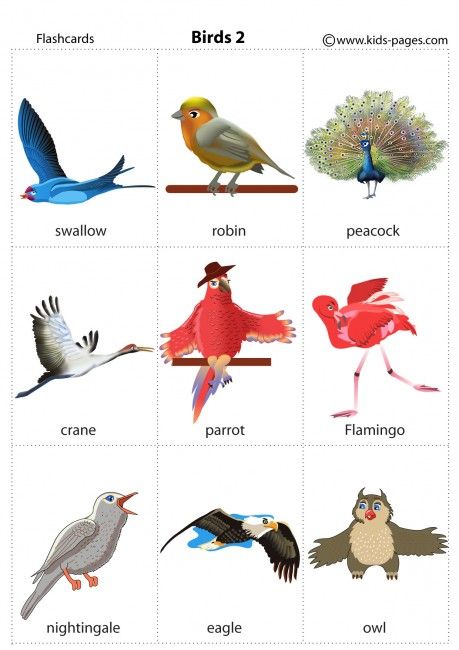 Grains, Seeds, and Peas
Grains, Seeds, and PeasGrains, seeds, and peas are excellent treats for peachicks. They also make great food ideas for peachicks, but you should give them as treats (occasionally) to increase the value that your peachicks have for them.
Grains are rich in carbohydrates and proteins. During the winter, you should give your peachicks a lot of grains at night because digesting grains can keep your birds warm.
Examples of grains that you can feed peachicks with are:
- Maize
- Wheat
- Rye
- Barley
- Sorghum
Seeds are also great for peachicks as they are rich in proteins, vitamins, and minerals. Examples of seeds for peachicks are:
- Sunflower seeds
- Safflower seeds
- Peanuts
- Peas
- Watermelon seeds
Peacocks love grains, peas, and seeds, so make sure you give them some treats they love.
2. Blueberries, Grapes, and Other Fruits
Many homesteaders agree that their peacocks always go crazy for blueberries. Blueberries are sweet and have sugars, vitamins, minerals, etc. Remember that you should not give too many blueberries to your peachicks.
Blueberries are sweet and have sugars, vitamins, minerals, etc. Remember that you should not give too many blueberries to your peachicks.
Other fruits that you can give to your peachicks are:
- Watermelon
- Blackberries
- Raspberries
Make sure that your peachicks get a lot of healthy fruits.
3. Arthropods and Other Invertebrates
Remember that peacocks love invertebrates. Some invertebrates that you can give to your peachicks as treats are:
- Crabs
- Snails
- Shrimp
- Earthworms
- Mealworms
Peacocks love crustaceans such as shrimp and crabs. Give your peachicks shrimp only occasionally.
4. Raisins
Peachicks love dried grapes or raisins. Raisins are rich in sugars, fiber, vitamins, etc. You should give raisins to your peachicks but don’t give too many because raisins are high in sugars and fibers.
5. Pigeon Mix
Every bird loves pigeon mix. Pigeon mix is made from a bunch of grains and other ingredients. You can easily use pigeon mix to train your peacocks (newly released from the brooder) to return to their coop or pen at night.
Pigeon mix is made from a bunch of grains and other ingredients. You can easily use pigeon mix to train your peacocks (newly released from the brooder) to return to their coop or pen at night.
Give pigeon mix to peachicks occasionally.
Related Questions and Answers
1. What is the Best Source of Food for Peachicks?
The best feed for peachicks is processed feed. Processed feed is best because it is carefully made for the specific age of your peachicks. As peachicks and other young birds grow, their protein needs can increase or reduce according to the species.
While insects, insect larvae, etc. can have proteins, they may be digested slower because they are still in their raw form. Processed feeds, however, have readily available proteins with a high rate of digestibility. This means that your peachicks will grow faster with the right processed feed.
If there are no peacock-specific feeds in stores around you, you should feed your peachicks with starter turkey or wild gamebird feed.
2. Why Do Peacocks Need a Lot of Proteins?
If you consider the protein needs of common birds such as chickens and ducks, you will agree that peacocks need a lot more proteins. Peacocks need proteins because of their trains. The feather of peacocks is made of keratin which is a hard form of protein.
To grow beautiful feathers, your peachicks need a lot of proteins.
Aside from the production of feathers, peachicks need proteins to grow and repair tissues, become sexually matured (i.e. start the production of egg and sperm cells), development of their brains, etc.
3. Can You Change the Diet of Peachicks?
If you wish to change the brand of feed you give to your baby peacocks, you can change it, but not all at once. To change the feed of your peachicks, introduce the new feed to them while also feeding them with the old feed. Continue doing so for a week or two until you stop feeding them with the old feed.
By introducing the new feed before stopping the old feed, you are giving your peachicks enough time to get used to the new feed before stopping the old feed entirely.
4. Can You Raise Peachicks in a Brooder Box?
You can raise peachicks in a brooder box, but should only do so when they are not with their mother. Peachicks learn faster with their mother. Mother peacocks (or peahens) teach their peachicks what they can eat.
Peachicks raised by their mothers are also stronger than peachicks raised in brooder boxes.
5. Can Peacocks Eat Bread?
Peacocks can eat bread. Bread is safe for peacocks but does not contain sufficient proteins and other nutrients for your peacocks.
You should not give bread to your peacocks regularly. Instead of bread, feed your peacocks with protein-rich feeds and treats.
Final Thoughts
Peacocks need protein-rich foods to grow beautiful and strong. Examples of food ideas for peacocks are processed feeds, mealworms, fruits, and vegetables.
Remember to give your peacocks healthy treats.
Resources
- https://animals.mom.com/care-peacock-chicks-6395.
 html
html - https://wowmypetdidthat.com/treats-for-peacocks/
- https://chickenandchicksinfo.com/what-do-baby-peacocks-eat/
- https://www.purinamills.com/chicken-feed/education/detail/beyond-backyard-chickens-raising-peacocks-and-game-birds
- https://www.backyardchickens.com/threads/help-what-to-feed-a-baby-peacock.217288/
behavioral features and interesting facts
Do peacocks fly or not - this is one of the frequently asked questions, because these birds give the impression of being heavy, and their size is not small. In addition, in their natural habitat they can only be caught walking, and few have seen birds in flight. Today we will consider this issue in detail and find out if peacocks are capable of flying.
Do peacocks fly or not
Article content
- 1 Characteristics of birds
- 1.1 Types of peacocks
- 1.2 How to tell a female from a male peacock: step-by-step instructions
- 2 Can peacocks fly?
- 2.
 1 Video - Flight of the firebird
1 Video - Flight of the firebird
- 2.
- 3 Feeding birds in the natural environment
- 4 Peculiarities of bird breeding in the natural environment
- 5 How did the domestication of peacocks happen?
- 6 Why are peacocks bred?
- 7 How to keep peacocks at home?
- 7.1 Video - Features of keeping and breeding individuals
- 7.2 Principles of the arrangement of aviary
- 7.3 Prices for a netting grid for fencing a poultry house
- 7.4 Arrangement of poultry houses
- 7.5 Features of captivity in the bondage
- 7.6 Price for bone flour
- Interesting facts
You can meet these majestic birds in zoos and protected areas around the world. Their natural habitat is dense thickets, flattering areas, but they managed to domesticate a few thousand years ago, which allowed farmers to start breeding birds of paradise. nine0003
Flying peacock
Types of peacocks
There is a greater variety of colors of birds.![]() Despite the fact that they all belong to the same family, only a few of them are preferred to be raised in captivity.
Despite the fact that they all belong to the same family, only a few of them are preferred to be raised in captivity.
Chart #1. Varieties of birds.
| View, illustration | Description |
|---|---|
| Common (Indian) | These birds have bright blue feathers with green and brown patches. Another distinguishing feature of birds is the pinkish beak. nine0002 Most often you can meet them in zoos, and not on home farms, because they do not get along well in the same yard with other birds and animals. In addition, young animals are sold at too high a price. In the wild, Indian peacocks live in the jungle and some mountainous areas. |
| White | These individuals are a subspecies of the Indian peacock. They are not considered to be albinos - the characteristic color of the feather was obtained due to a genetic mutation during long-term keeping of birds in captivity. It should be noted that such birds appear strictly when white peacocks are crossed with each other. nine0080 It should be noted that such birds appear strictly when white peacocks are crossed with each other. nine0080 |
| African | Several decades ago, these birds were classified as Indian peacocks, but then, due to some differences, it was decided to separate them into another subspecies. They have no feathers on their heads (there is only a tuft), and there is a red spot on the throat. Males have golden and green feathers with a lilac tint on the body, and females with a metallic tint. The beak is silvery with a blue tint. Another distinctive feature is the monogamy of birds of this species. nine0003 |
| Javanese | You can meet this peacock with a bright green color in Asian countries and on the island of Java. The inhabitants of Burma even consider birds to be a national symbol. Of the distinctive features, it should be noted that this is the largest and brightest representative of the family of all existing species. |
| Black-shouldered | Not a separate subspecies, because it appeared as a result of a mutation of the Indian breed. Males differ from their counterparts in the presence of black wings, and females in a light beige color of the feather. nine0080 Males differ from their counterparts in the presence of black wings, and females in a light beige color of the feather. nine0080 |
How to Tell a Female Peacock from a Male Peacock: A Step-by-Step Guide
Step 1: The first step is to look at the plumage of the birds. After all, in females (pav) it is faded compared to males. Most often, gray-brown feathers can be found on their body, and colored feathers are only near the wings (color depends on the breed).
Modest coloration allows the female to hide from predators in the thickets
Step 2: it is also necessary to look at the tail of birds, because only in males it looks like a bright fan, and in “girls” it is almost imperceptible. nine0003
In addition to a chic tail, males have an expressive crest on their heads.
Step 3: it is important to pay attention to the size of the body - males are always heavier and larger. This feature allows you to distinguish chicks that do not have permanent plumage.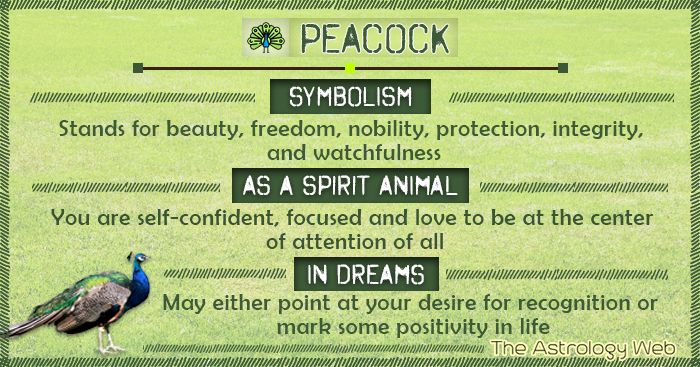
Even among peacock cubs, males can be found, because they are larger.
Can peacocks fly?
It is quite rare for people to see these majestic birds during the flight. This is due to the fact that they rise into the air only when there is a danger of an attack by predatory animals. Birds are able to fly at speeds of more than 15 kilometers per hour, despite their impressive size. This is their advantage, because it is the massive wings that help the individuals to take off rapidly. nine0003
Of course, the flight of birds cannot last too long - they get tired quickly. However, this is often enough to hide from a predator in a safe space. The time they are in the air will differ depending on the breed and the environment around them. For example, some Asian peacocks prefer to live in highlands (up to 1000 meters above sea level) and they can rise into the air quite high.
Birds can quickly run away from predators
A flying peacock looks graceful, so this sight usually attracts many tourists.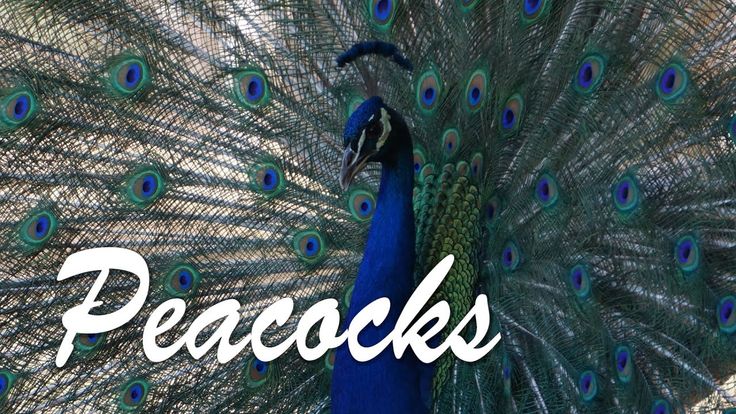 In addition, birds are distinguished by fast running, like their predecessors - wild pheasants.
In addition, birds are distinguished by fast running, like their predecessors - wild pheasants.
Often individuals have to take off to climb a tree
Under the conditions of their natural habitat, they climb to the crowns of tall trees for the night. Thus, they hide from danger.
Video - Flight of the firebird
Feeding birds in the natural environment
The main food of peacocks is herbs, so they willingly eat various weeds, small seeds. Birds prefer to settle near the grounds, where they destroy insects, rats and even small snakes.
Birds get food only on the ground, not in flight
Features of bird breeding in the natural environment
Most often, peacocks form polygamous families, with the exception of some breeds. They reach puberty at the age of 24 months. So, for each mature male there are 3-4 females (sometimes more). An active breeding period in individuals in nature is observed from the second month of winter to mid-spring (depending on habitat). nine0003
They reach puberty at the age of 24 months. So, for each mature male there are 3-4 females (sometimes more). An active breeding period in individuals in nature is observed from the second month of winter to mid-spring (depending on habitat). nine0003
During this period, males begin active courtship. They open their tail, try to attract attention, perform a mating dance. Pava independently chooses the strongest male, so fights happen between males.
Peacock mating dance
After mating, the female builds a nest in the soil. She also lays dried grass there, after which she makes a clutch, which usually consists of 5-9 eggs. She incubates the eggs for about 30 days. During this period, it is almost impossible to meet a family of peacocks, because they hide from danger in dense thickets. nine0003
Only the female incubates the eggs
When the offspring hatch, the male joins the process of caring for the chicks.
How did the domestication of peacocks happen?
These birds were first domesticated in Asian countries.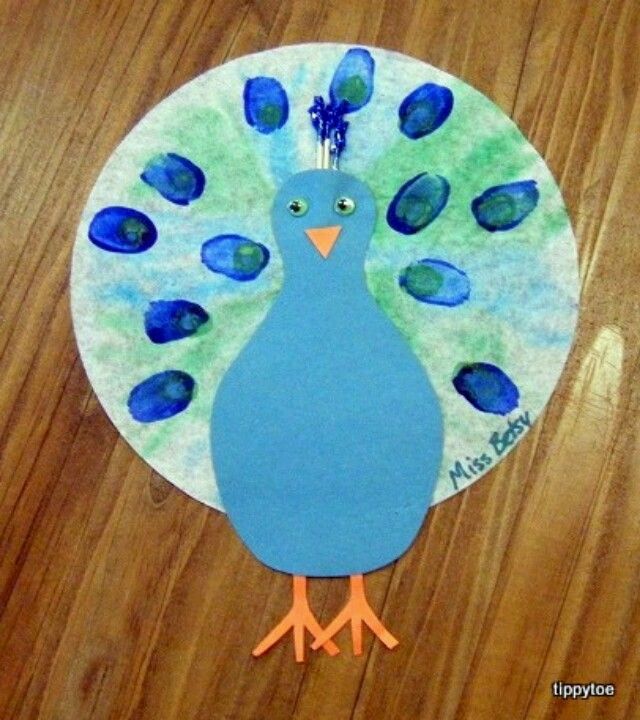 However, they are still very popular with poultry farmers in India today. There, their meat and eggs are not eaten, but peacocks are considered sacred and kept only as pets. You can see the image of peacocks in old paintings, the walls of Buddhist buildings. nine0003
However, they are still very popular with poultry farmers in India today. There, their meat and eggs are not eaten, but peacocks are considered sacred and kept only as pets. You can see the image of peacocks in old paintings, the walls of Buddhist buildings. nine0003
Birds quickly make contact with humans
It is believed that birds came to Europe in the time of Alexander the Great, who brought them as a trophy. From there they began to gradually spread to other countries. However, not every person could afford such an expensive purchase, and birds were considered pets of very wealthy people.
Why are peacocks bred?
Many prefer to keep these birds as pets rather than for the purpose of profit, because they are an adornment of any yard. nine0003
However, some poultry farmers raise peacocks in order to obtain:
- Meat. This is a delicacy product that only wealthy people could afford a few decades ago. According to the content of useful components, it has the same composition as turkey meat.
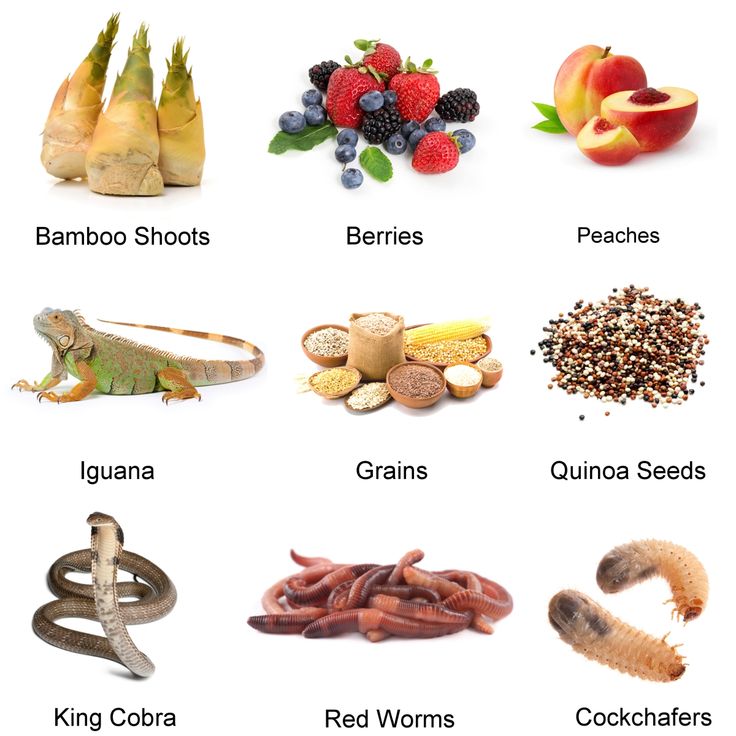 This product is considered dietary due to the minimum fat layer, it is allowed to fry, boil, stew.
This product is considered dietary due to the minimum fat layer, it is allowed to fry, boil, stew. - Eggs. In our country, peacock eggs are rarely eaten, but Chinese experts use them to prepare medicines, because it is believed that they have healing properties. Doctors recommend eating eggs for patients after major operations, diseases, as well as for pregnant women. In addition, such a product has excellent taste and is quickly absorbed by the human body. nine0002 Eggs are actively used in cooking
- Feathers. Feathers of birds are in great demand, which are used as decorations for textiles, as well as souvenirs are made from them. These feathers are collected during the molting of males, because at the end of the mating season they lose almost all the feathers of the uppertail, which then grow again.
Craftsmen make various souvenirs from feathers
- Young. In recent years, many poultry farmers have appeared who willingly acquire such birds for themselves, so farmers prefer to bring young animals for sale.
 nine0012
nine0012
How to keep peacocks at home?
Keeping birds at home does not require large expenses from the poultry breeder, because the main condition is the availability of free space for walking individuals, because birds spend a lot of time walking.
In winter, a warm room must be prepared for peacocks. However, some breeds are resistant to cold climates, so they are happy to walk in open-air cages even on cool winter days. nine0003
Thanks to their adaptation to the cold, peacocks are raised even in the north
Since peahens and peacocks live in families, they need to be given a separate room, otherwise conflicts between males will constantly occur. Another feature of peacocks is that they are very shy, so they should be kept away from sources of noise.
Video - Features of keeping and breeding individuals
Principles of arranging an aviary
Even a beginner can handle the arrangement of an aviary for birds - this will require fixing the supports on which the net is stretched. In addition, a canopy should be installed above a part of the enclosure, where there will be feeders, drinkers and nests. Here the birds can hide from the heat or rain. nine0003
In addition, a canopy should be installed above a part of the enclosure, where there will be feeders, drinkers and nests. Here the birds can hide from the heat or rain. nine0003
Prices for chain-link mesh for poultry house fencing
Chain-link mesh
The floor in the aviary should be covered with sand and placed on the site of the tank with wood ash
Arrangement of the poultry house
season. The construction of this building requires compliance with certain requirements:
The poultry house is connected to the walking area through holes in the wall. Near the walls, it is also necessary to fix feeders with drinking bowls so that it is convenient to fill them with food. nine0003
In addition, perches should be installed inside the house. Their height should be 150 centimeters. Nests are often installed on the floor, their width is 55-60 centimeters, and the depth is 65 centimeters.
Important. The poultry house is equipped with an exhaust system, as well as heaters and lamps.
All this is useful for birds in the cold season. You can read more about keeping and breeding peacocks in our special article.
Captive Peacock Feeding Features
While on the run, the birds feed on various insects, herbs, as in the natural environment. When keeping birds in a poultry house, they should be provided with food at least twice a day. During the mating season, the frequency of feeding is increased.
Approximate daily ration for each peacock:
In addition, you must ensure that there is always fresh water. Of the vegetables, peacocks most of all love pumpkin, Jerusalem artichoke, cabbage - all this should be given only fresh. nine0003
Feeding bowls for peacocks
Diseases
Unfortunately, the protective functions of the organism of birds are not resistant. This means that in captivity they often get sick under the wrong conditions, and even a sharp change in feed mixtures sometimes causes sad consequences.
Table #2.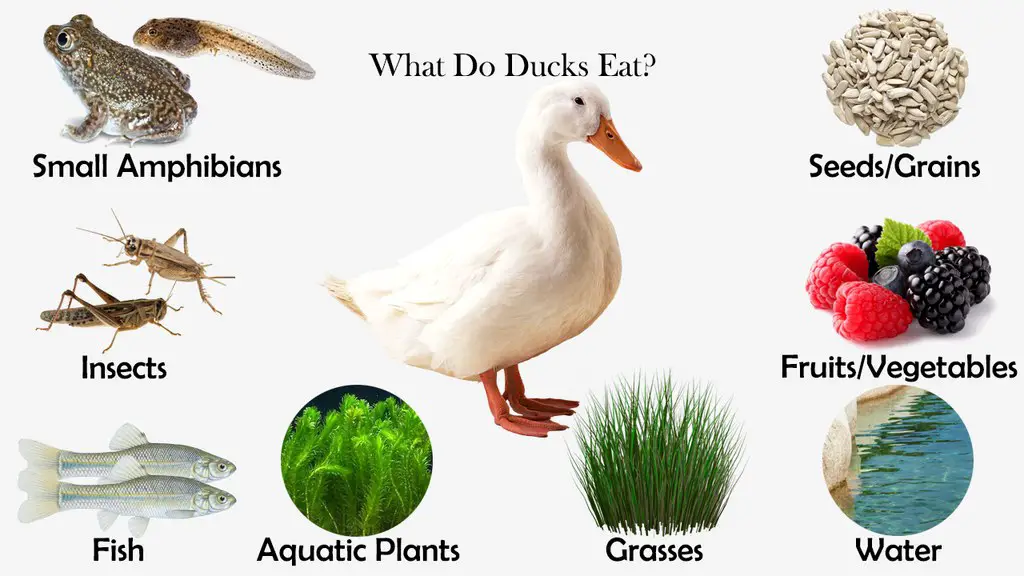 Diseases of peacocks.
Diseases of peacocks.
| Disease type | Symptoms | Causes |
|---|---|---|
| Infections | loss of mobility; inflammation of the mucous membranes of the eyes; diarrhea. | Lack of vaccination, non-compliance with hygiene standards. |
| Worm infestations | anxiety; itching of the skin; premature shedding. | Cramped poultry house with unsanitary conditions. |
| Metabolic disorders | refusal to eat; · rapid weight loss; presence of ulcers on the skin; nine0280 diarrhea. | Poor nutrition or poor quality food. |
Interesting facts
It is worth highlighting a few interesting facts about peacocks:
- The male uses a chic tail-fan not only to attract peacocks, but also to scare off enemies. So, when a predator sees a bright fan with many "eyes" in front of him, he is confused.
 The male uses this time to fly away.
The male uses this time to fly away. - In fact, birds have a small tail. Long one and a half meter feathers represent the uppertail. The tail itself is about 45 centimeters long. nine0012
- Despite the fact that peacocks are classified as gallinaceous birds, they live longer than their relatives - about 18 years. The average lifespan of a chicken is 3 years.
- Birds communicate with each other by infrasound, which is not able to catch the human ear.
- Birds have an extremely unpleasant, harsh voice that resembles a loud cat's cry.
Peacocks belong to the group of long-lived birds
You can meet a peacock while flying in its natural habitat, because domestic birds take off extremely rarely or do not do so at all due to the lack of need for protection from predators. But, nevertheless, it is better to limit the peacock aviary with a net from above to prevent accidental escape of pets. nine0003
Like the article? Save so you don't lose!
What to feed peacocks diet and features of feeding an exotic bird — Ofremont
Everyone has seen this, perhaps, the most beautiful bird in the world.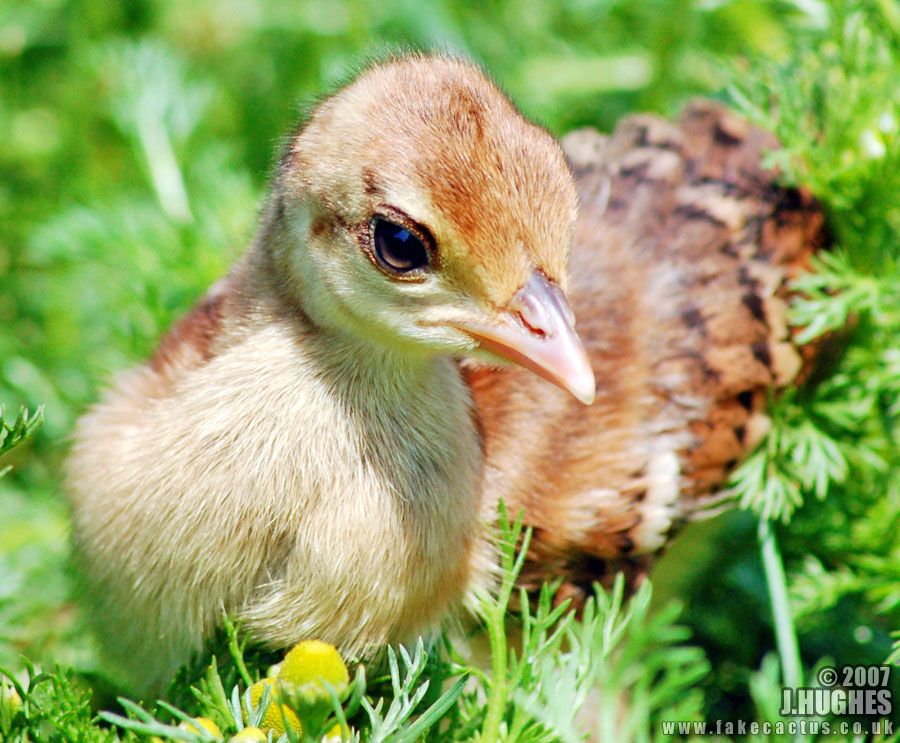 However, under natural conditions, this handsome man can only be found in certain regions of the Hindustan peninsula and nearby islands, but in zoos and individual households, peacocks are raised almost all over the world.
However, under natural conditions, this handsome man can only be found in certain regions of the Hindustan peninsula and nearby islands, but in zoos and individual households, peacocks are raised almost all over the world.
Speaking about why people keep such birds in their homes, one recalls the film “White Sun of the Desert”, where the former customs officer Vereshchagin, exhausted from idleness, boasts that he has got peacocks. nine0003
« Peacocks, you say? "- this famous phrase of Sukhov from the film is always used when we want to highlight senseless luxury, resting on the laurels of former glory and composure to everything that requires decisive action.
There is a more prosaic reason to raise peacocks - their meat is eaten, and some even think that of all the options for chicken or other poultry, there is nothing tastier than peacock meat.
Choice of food at home: studying the characteristics
When choosing a diet for such exotic birds, you should try as much as possible to bring it closer to what peacocks eat in their natural living environment.
Based on this, if the peacock you bought was not bred on a farm, you will have to make an effort to bring his diet to more suitable and affordable food for us little by little, because otherwise you can cause serious harm to the health of the bird, or it will simply refuse incomprehensible food for her.
The amount of vitamins and microelements needed by peacocks can and must be corrected with specialized feed additives so that the birds are healthy, energetic and full of energy. nine0003
The basis of the peacock's diet at home is grain, but one meal a day (much better in the morning or afternoon) can be made great from grain by giving the bird a mixture of food left over from your table.
Suitable dry bread, crumbs, boiled potatoes, various cereals. Meat food should be in the diet of peacocks first and foremost ; in addition to insects, all kinds of larvae and earthworms (if you cannot find similar living creatures in your summer cottage, you can choose it at pet stores or at points of sale for fishermen), every 14 days peacocks should receive minced meat.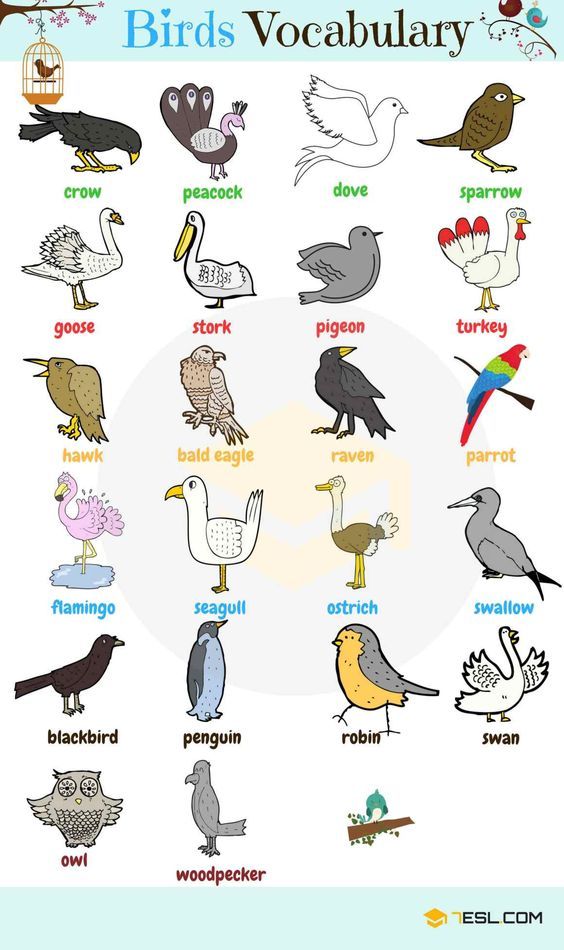 nine0003
nine0003
In the hot period of time, the bird should definitely add fresh herbs to food, it is very good to include similar additives in the diet of peacocks during winter. Moreover, the bird needs to receive the minimum amount of table salt.
Birds should always keep containers of chalk, very small gravel, wood ash (preferably birch ash), slaked lime, or other substances that supply this required mineral component, at all times to maintain calcium levels in the body of birds. nine0003
In order for the birds to be healthy, a strict feeding schedule must be observed : Do not give food to your own pets when you like. It is also important to observe that the food is fresh, does not contain signs of decay or mold, as well as dirt and other impurities.
Grain must first be sifted, washed and thoroughly dried. Porridges should be maximum the day before yesterday, under storage conditions in the refrigerator (however, before feeding, the food should be heated to home temperature). nine0003
nine0003
Some breeders feed the birds twice a day, others three times. You need to focus on your feelings and on the condition of your pets and choose a schedule that is more acceptable to you.
But the evening meal should always consist of dry food so that liquid food does not remain in the feeders and spoil. If you see that the feeders are completely empty in the late evenings, you can add a little bit of grain to them.
But do not fill the slide feeder, otherwise the food will spill over the house and contaminate the litter. nine0003
Peacocks should always have fresh water in their drinking bowls, and during hot weather it should be changed at least 2 times a day, and if necessary even much more often, so that it does not linger and become infected with putrefactive bacteria.
Daily diet: daily allowance
In a normal state, one healthy adult peacock should consume about 600 g of food in 24 hours, of which about 10% is hard grains , root crops, fruits and vegetables - 25% , for crushed grain - 10% , for greens - 10% , the rest - flour mixtures .
The ratio of green food to concentrates in the poultry diet should be approximately 2:1 .
For example, in autumn and winter, the diet of a peacock can be composed as follows:
- grains of oats or barley - 40 g
- crushed corn kernels - 50 g
- herbal flour (alfalfa is much better) - 50 g
- grain waste or flour mixtures - 90 g (may be supplemented with a little sunflower cake)
- carrots, potatoes or other root vegetables - 45 g
- meat and bone meal, milk products, minced meat - 6 g
- hay meal, grated vegetables and fruits - 50 g
- fish oil or yeast - 3 g
- mineral additives (chalk, table salt) - 3 g
A good choice of food for an exotic bird is important because what your peacock eats will directly affect how he looks. nine0003
Competent preparation of peacocks for breeding
As soon as the days begin to get longer, and the beginning of spring begins to be felt in the air, a serious period comes for peacocks - preparation for breeding .
At this time, the bird's body needs additional support, due to this, the diet requires some adjustment in the direction of increasing the percentage of protein food , as well as enriching the body depleted after winter with the necessary vitamins. nine0003
Reduce the amount of hard grain by 40% in favor of a corresponding increase in the number of root crops.
It is much better to give the bird boiled potatoes. Milk products (milk, cottage cheese), as well as earthworms, which peacocks simply love, are suitable as a source of protein. Birds should consume about 200 g of such food per day.
Nutrition during the breeding period
During breeding, the amount of protein food should not decrease. During this period, first of all, give peacocks products from milk and eggs, as well as chopped greens (dandelions, clover and nettles are perfect). nine0003
If during the winter you fed your bird twice a day, today increase the number of meals to three.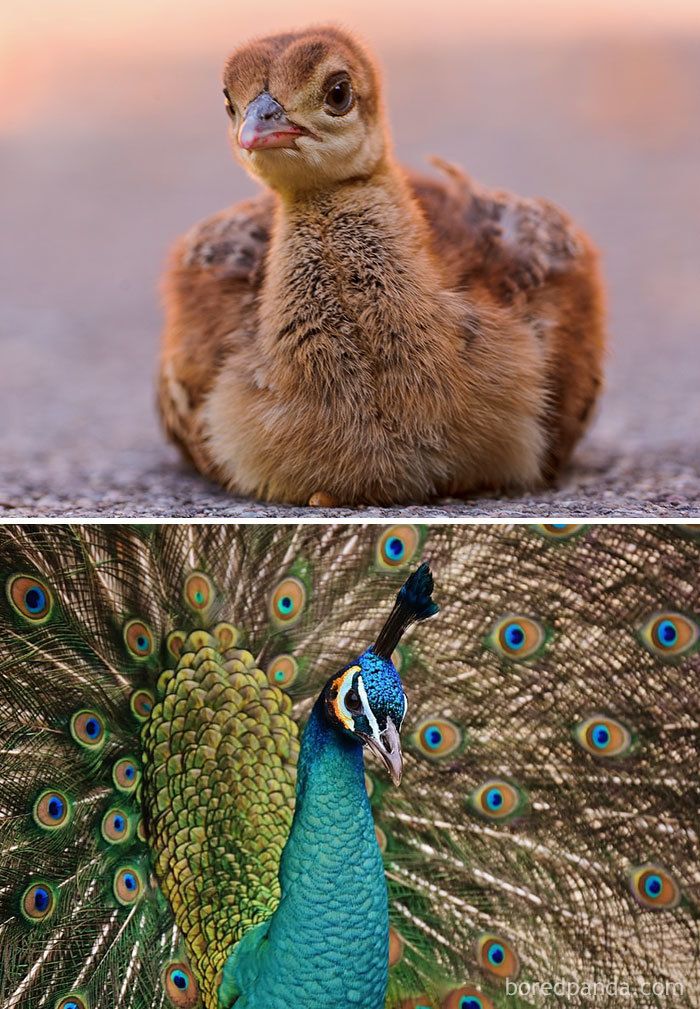
Rules for feeding chicks
Baby peacocks should be fed as soon as they are born.
First of all, during the first week of life, small chicks should be fed exclusively ground and crushed food . However, already from the second week, you can gradually begin to mix minced meat or fish, boiled eggs, and finely chopped greens into the “mashed potatoes”. nine0003
At the same time, milk products (milk, cottage cheese, curdled milk) should be given gradually. In the second month of life, peacock cubs can already eat wet mixes and combined feeds, but of exceptionally excellent quality and remarkably fresh.
It is also great to add mealworms to your food, and especially fresh grass (dry and clean).
Choice of feeders for peacocks
One of the conditions for a healthy diet for peacocks, in addition to the quality of the feed itself, is the successful selection of the feeder and its correct installation. nine0003
It is much better to make peacock feeder from planks of wood 0. 5 - 1 cm thick, it is only important that they are perfectly dried and do not contain knots that could hurt the bird.
5 - 1 cm thick, it is only important that they are perfectly dried and do not contain knots that could hurt the bird.
It is necessary to place such a container taking into account the size of the peacock - approximately at chest level, then, on the one hand, it will not be difficult to get food, on the other hand, peacocks will not climb into it with their paws, and therefore the food will remain clean.
Another option - to calculate specialized devices and turntables that will prevent the birds from getting into the feed, but at the same time they will allow them to reach the very bottom of the feeder. Variants of such designs can be found on the net for self-production, but it is quite possible to simply buy a ready-made feeder.
There is an option of feeding the peacocks by the owner himself from specialized trays, which are immediately removed after eating and, in the same way, save space in the aviary.
Plastic trays are also suitable for chicks, you can use chipboard or stainless steel containers.




